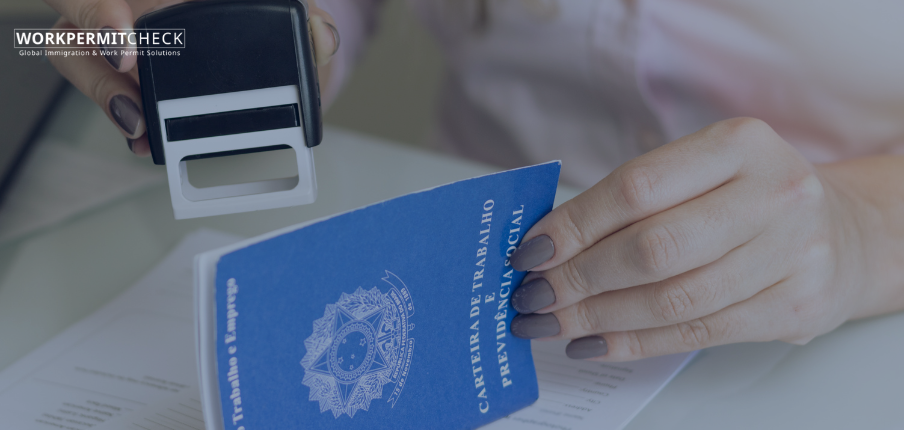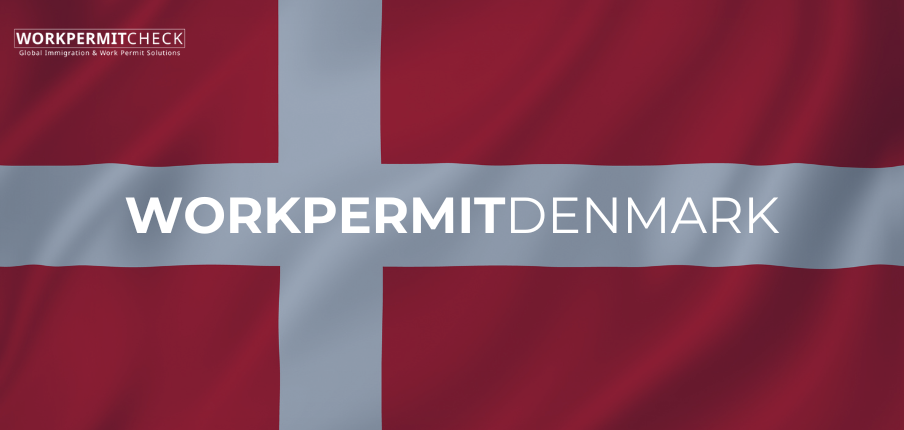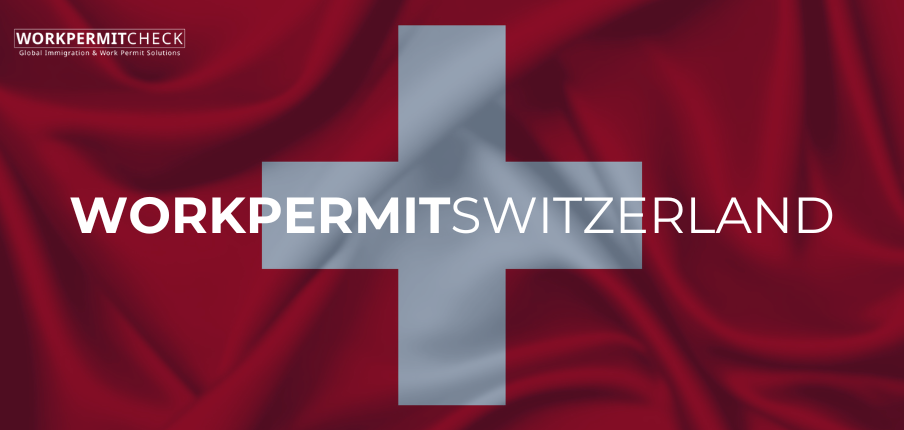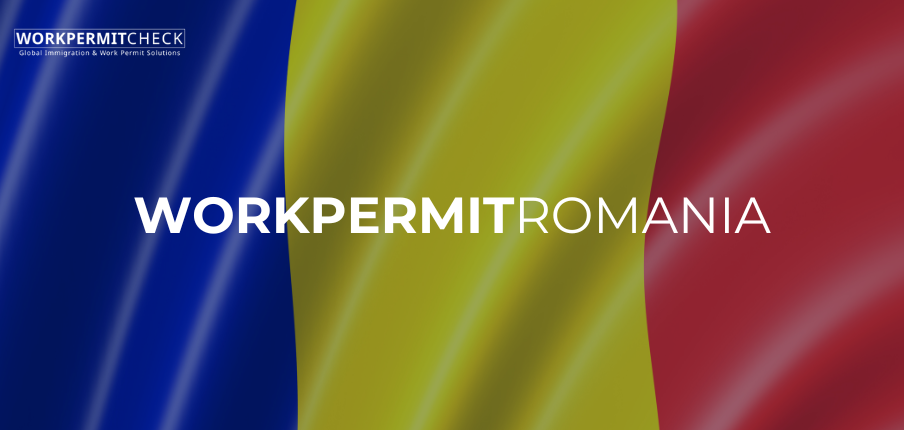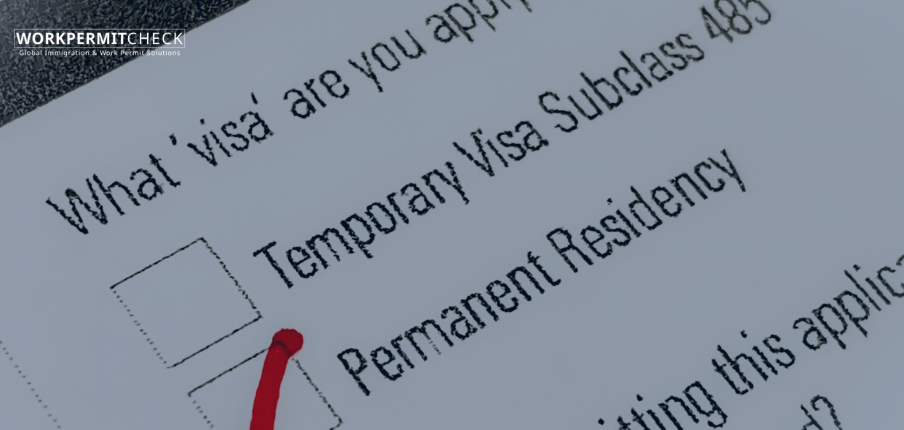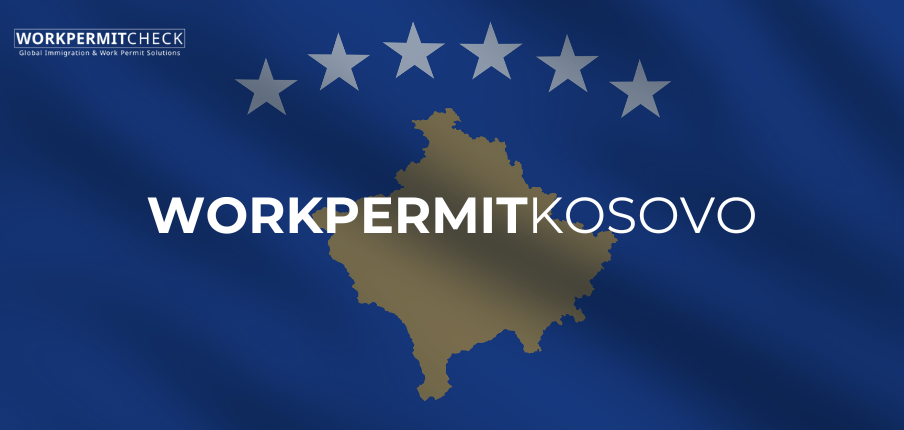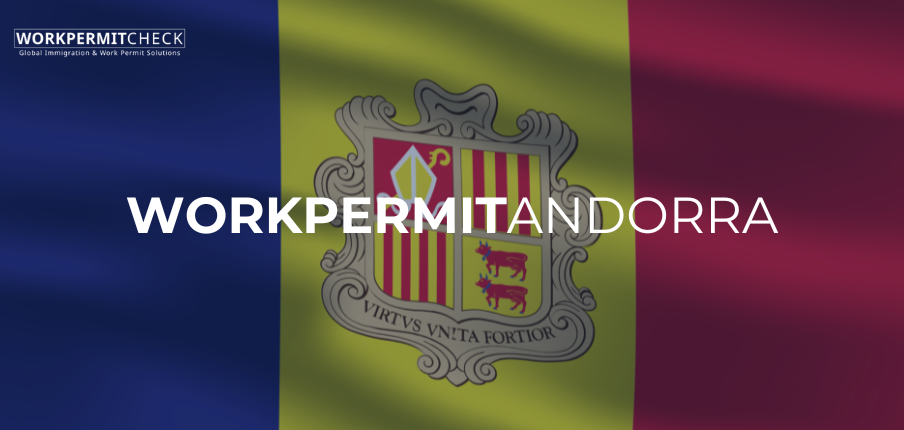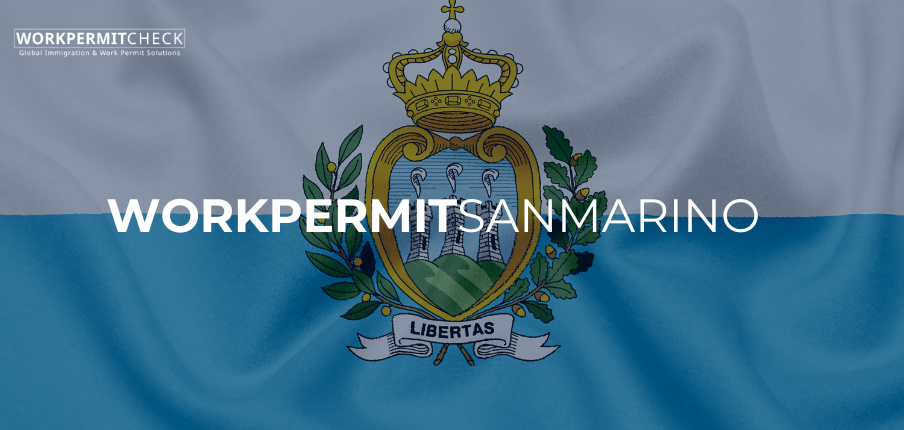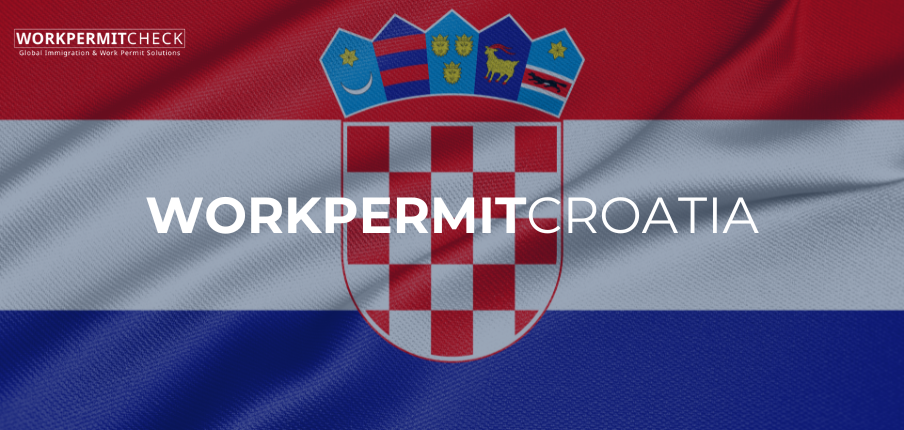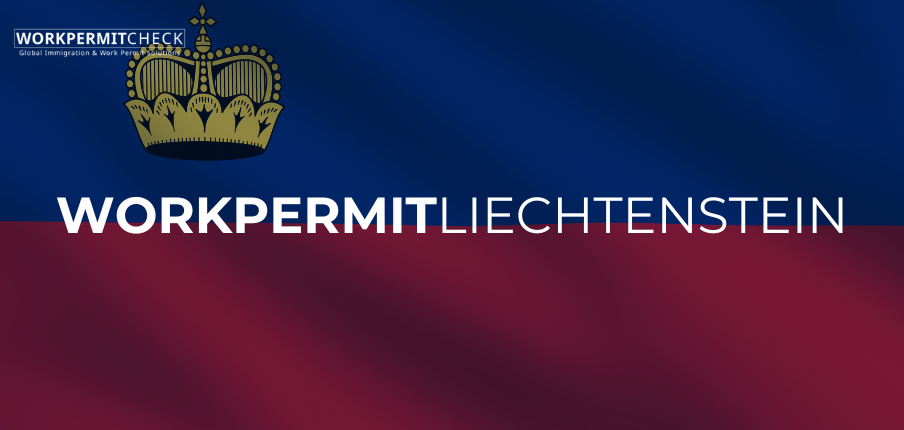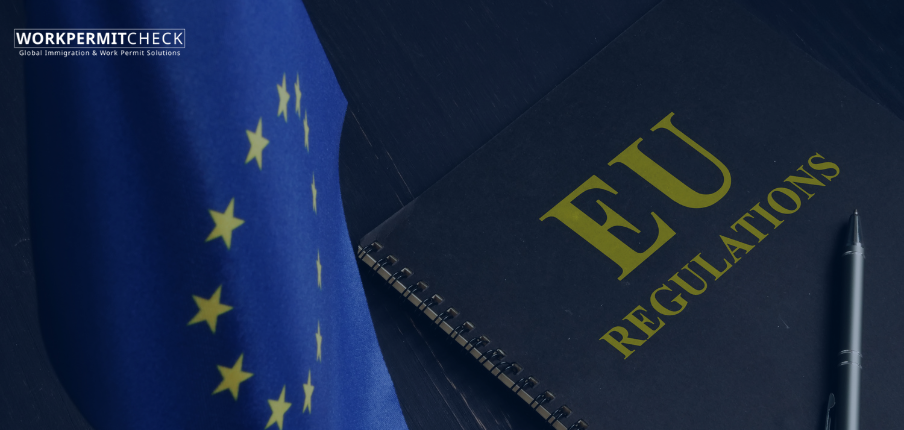When planning to work in a foreign country, it's crucial to understand the differences between a work permit and a work visa. Many people use these terms interchangeably, but they serve distinct purposes in international employment regulations. This blog will provide a detailed comparison to help you navigate the complexities of working abroad.
What Is a Work Visa?
A work visa is an official document or stamp in a passport that allows a foreign national to enter and stay in a country specifically for employment purposes. It is typically granted before traveling and may require an employer sponsorship.
Key Features of a Work Visa:
-
Acts as an entry document to the country.
-
Issued by the country’s embassy or consulate before arrival.
-
May require sponsorship from an employer.
-
Often temporary and linked to specific jobs or industries.
-
Some countries allow visa extensions or status changes while staying there.
Types of Work Visas:
-
Temporary Work Visas: Issued for short-term employment (e.g., H-1B visa for the U.S.).
-
Skilled Worker Visas: Designed for highly skilled professionals (e.g., Canada’s Express Entry Work Visa).
-
Seasonal Work Visas: For short-term labor in industries like agriculture and tourism.
-
Entrepreneur/Investor Visas: For business owners or investors looking to start a business abroad.
What Is a Work Permit?
A work permit is an official authorization issued by the government that allows a foreign national to engage in employment legally within a country. In most cases, a work permit is required after entering the country on a work visa.
Key Features of a Work Permit:
-
Gives the legal right to work in a foreign country.
-
Issued by the labor or immigration authorities of the host country.
-
Often requires a job offer from a local employer.
-
Can be employer-specific, industry-specific, or open-ended.
-
Might be renewable or transferable depending on the country’s policies.
Types of Work Permits:
-
Employer-Specific Work Permits: Tied to a specific employer and job role.
-
Open Work Permits: Allow the individual to work for any employer (e.g., Canada’s Open Work Permit).
-
Sector-Specific Work Permits: Restricted to certain industries (e.g., healthcare, IT, or agriculture).
Key Differences Between Work Visas and Work Permits
| Feature | Work Visa | Work Permit |
|---|---|---|
| Purpose | Allows entry into a country for work | Grants legal permission to work in a country |
| Issued By | Embassies or consulates before arrival | Labor or immigration authorities after arrival |
| Requirement | Often requires employer sponsorship | Requires job confirmation from a local employer |
| Validity | Typically valid for a fixed period | Can be employer-specific or open-ended |
| Application Process | Applied for before entering the country | Often applied for after obtaining a work visa |
| Renewal | May require exit and re-application | Usually renewable within the country |
| Dependency | Needed for entry but doesn’t always allow work | Needed for legal employment but not for entry |
Country-Specific Examples
Different countries handle work visas and work permits uniquely. Here are some examples:
United States
-
Work Visa: H-1B visa (for skilled workers), L-1 visa (for intra-company transfers).
-
Work Permit: Employment Authorization Document (EAD) is required for specific visa holders (e.g., spouses of H-1B holders).
Canada
-
Work Visa: Temporary Foreign Worker Program (TFWP) or International Mobility Program (IMP) visa.
-
Work Permit: Employer-specific or open work permit issued after visa approval.
United Kingdom
-
Work Visa: Skilled Worker Visa for professionals.
-
Work Permit: Not a separate document, but the visa itself serves as a work permit.
Australia
-
Work Visa: Temporary Skill Shortage (TSS) visa, Working Holiday visa.
-
Work Permit: Not issued separately; work rights are included in the visa.
Can You Have a Work Visa Without a Work Permit?
Yes, in some countries, holding a work visa does not automatically grant permission to work. A separate work permit may be required, which is usually arranged by the employer after arrival. For example:
-
In Germany, a visa allows entry, but a work permit is needed to start employment.
-
In Singapore, an Employment Pass (EP) serves as both a visa and a work permit.
Can You Work Without a Work Visa or Work Permit?
Working without the necessary documentation is illegal in most countries and can result in:
-
Deportation or fines.
-
Bans on future entry or employment.
-
Legal action against both the employer and the employee.
Conclusion: Which One Do You Need?
Whether you need a work visa, a work permit, or both depends on the country’s regulations. Before applying for a job abroad, research:
-
Whether the country requires separate permits.
-
Employer sponsorship requirements.
-
Processing times and legal obligations.
Understanding the distinction between work visas and work permits can save time, prevent legal complications, and streamline the application process for working abroad.
April 3, 2025
